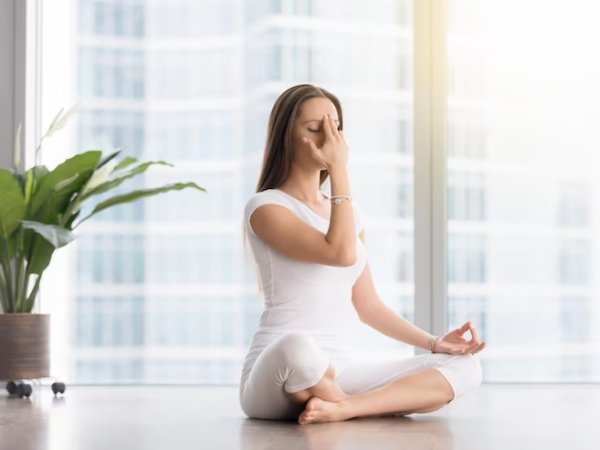What is it?
Breathing and relaxation techniques are evidence-based practices used to calm the nervous system, reduce stress, and restore emotional balance. These methods support both mental and physical well-being and are often used as part of treatment for anxiety, depression, trauma, and stress-related conditions.

What causes it?
In today’s fast-paced life, the mind and body often stay in a prolonged state of stress. Common triggers include:
- Chronic anxiety or overthinking
- Poor sleep or irregular routines
- Unprocessed emotional trauma
- Work pressure, burnout, or lifestyle imbalances
- Lack of coping tools to manage strong emotions or sudden stress
What are the possible symptoms?
When stress builds up without effective release, it may result in:
- Shallow or rapid breathing, tightness in the chest
- Persistent fatigue or inability to relax
- Sleep disturbances or poor focus
- Physical signs of anxiety, like palpitations, GI upset, or restlessness
- Increased emotional reactivity or low stress tolerance
What do we do?
Breathing and relaxation practices are integrated into Dr. Prabhojit’s treatment plans to support emotional regulation and mind-body healing.
Treatment includes:

Teaching
scientifically backed breathing techniques like diaphragmatic breathing, box breathing, and alternate nostril breathing
01

Guided Relaxation Strategies
such as progressive muscle relaxation or body scanning
02

Mindfulness-Based Stress Reduction Techniques
to improve present-moment awareness
03

Use of Breathwork
during therapy to reduce anxiety or panic
04

Creating Personalised Routines
to incorporate relaxation into daily life for long-term benefits
05
